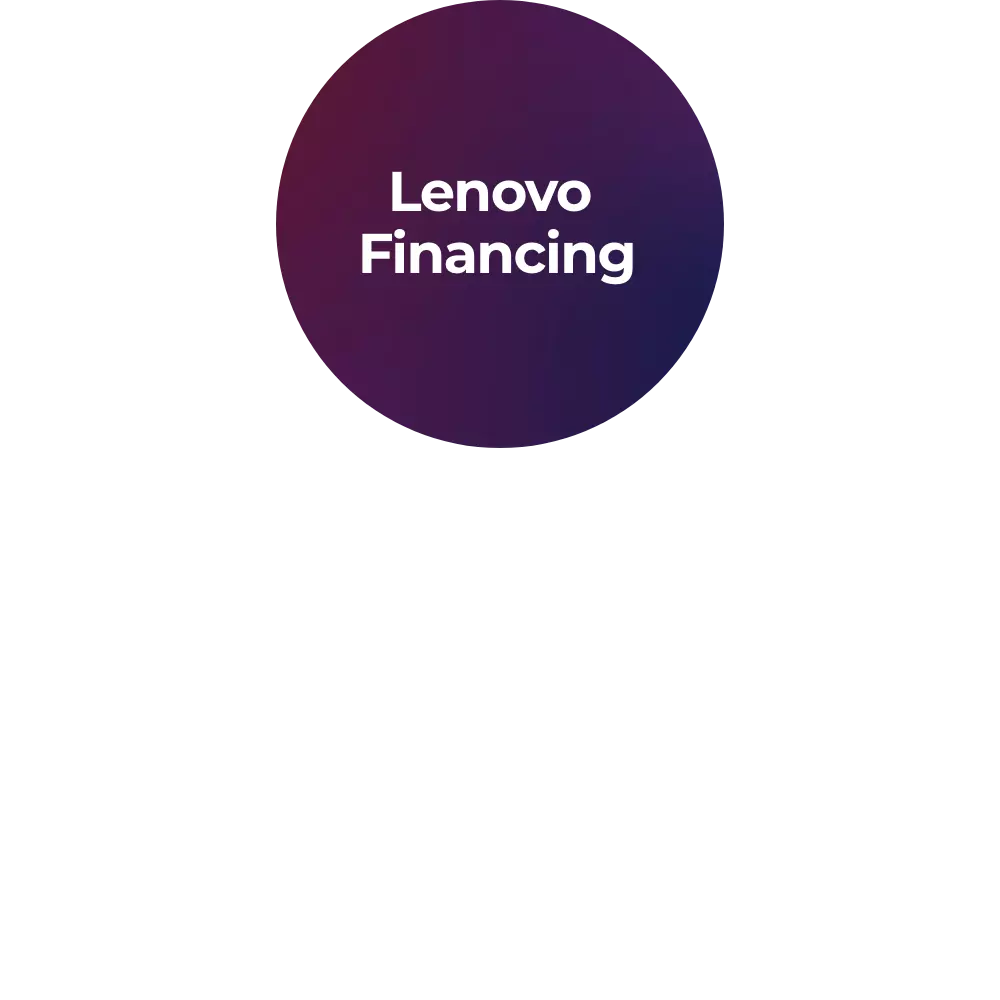What is a link state packet (LSP)?
A link state packet, or LSP, is essentially a data message used in networking to exchange information about the connections and statuses between routers. Think of it as a digital map that updates in real time, telling each router in the network about the paths it can take to send your data efficiently. This packet contains details like which routers are neighbors, the cost of sending data through different routes, and the layout of the network. With this information, routers can figure out the best route for your data to take, making sure it gets to its destination quickly and accurately.
What information does an LSP include?
An LSP is packed with useful information to help routers make smart routing decisions. You'll find data about the router's identity, its neighboring routers, the cost associated with using certain links over others, and the overall network topology. Essentially, it's like giving the router a comprehensive understanding of the network's layout, allowing it to choose the most efficient paths for data transmission.
How do routers use LSPs to decide where to send data?
Routers use LSPs to build a detailed map of the network. By analyzing the information within these packets, such as network topology and link costs, routers can calculate the shortest and most efficient path to route your data to its destination. This process ensures that your data travels through the network as quickly and efficiently as possible, adapting to any changes in the network environment.
How often do routers update and share LSPs?
The frequency at which routers update and share LSPs can vary depending on the network's needs and the specific routing protocol being used. Some networks might update and flood LSPs only when there's a change in the network topology or link status. Others might do it at regular intervals to ensure all routers have the latest network information. This flexibility helps maintain network stability and efficiency.
Which routing protocols use LSPs?
Link-state routing protocols like Open Shortest Path First (OSPF) and Intermediate System to Intermediate System (IS-IS) utilize LSPs to disseminate topology information throughout the network. OSPF is widely used in IP networks, particularly in enterprise environments, while IS-IS is often found in large service provider networks. Both protocols rely on LSPs to ensure each router has a synchronized and accurate view of the network, facilitating efficient and reliable route computation and selection.
How do LSPs differ from Distance Vector Packets?
LSPs differ significantly from distance vector packets in terms of the information they carry and how they are used. LSPs include comprehensive details about a router's links and their status, allowing routers to construct a complete network map. Distance vector packets, on the other hand, only share information about the distance and direction (vector) to reach various network destinations. This fundamental difference means that link-state protocols using LSPs can respond more dynamically to changes in the network, offering faster convergence and more accurate routing decisions compared to distance vector protocols.
How are LSPs used in the OSPF protocol?
In the OSPF protocol, routers use LSPs to exchange topology information with their neighbors. Each router creates and disseminates its own LSPs, which are then flooded throughout the OSPF area. This process ensures all routers have a synchronized and up-to-date view of the network's topology. Using this comprehensive map, OSPF routers apply Dijkstra's algorithm to compute the shortest path tree, determining the most efficient routes to all destinations within the network. This approach enables OSPF to provide fast convergence and optimal routing.
What is the significance of the sequence number in an LSP?
The sequence number in an LSP is crucial for ensuring routers use the most recent and accurate information. Each time a router generates a new LSP, it increments the sequence number. When routers receive LSPs, they compare the sequence number with the one they currently hold; if the new LSP has a higher sequence number, it is accepted and propagated, ensuring the network converges on the latest topology information. This mechanism helps prevent routing loops and stale data from disrupting the network.
How do routers ensure the accuracy of LSP information?
Routers ensure LSP accuracy through periodic updates, acknowledgments, and retransmissions. When a router generates an LSP, it sends it to all neighbors, which in turn propagates it further. Routers also send acknowledgments upon receiving LSPs, ensuring successful transmission. If a router detects missing or outdated information, it can request a retransmission of specific LSPs. This continuous process of updating, acknowledging, and retransmitting ensures that all routers maintain a consistent and accurate view of the network's topology.
What happens when a link changes state in a network using LSPs?
When a link changes state—such as going up, down, or changing cost—a router immediately generates a new LSP reflecting this change. The updated LSP is then flooded throughout the network, informing all routers of the new topology. Each router receiving the updated LSP recalculates its routing table to reflect the change. This rapid dissemination and recalculation ensure the network quickly converges to the new state, minimizing disruption and maintaining optimal routing paths.
How does the flooding mechanism work with LSPs?
The flooding mechanism ensures that LSPs propagate throughout the network efficiently. When a router generates or receives an LSP, it sends the LSP to all its directly connected neighbors, except the one from which it was received. Each neighbor receiving the LSP repeats this process, forwarding the LSP to their own neighbors. This method ensures rapid and widespread dissemination of topology changes, allowing all routers to synchronize their views of the network quickly and accurately.
What are the advantages of using LSPs in a routing protocol?
Using LSPs in a routing protocol offers several advantages: faster convergence times, more accurate route calculations, and enhanced scalability in large networks. LSPs provide a detailed and up-to-date map of the network, enabling routers to quickly adjust to changes and compute optimal paths. This results in more efficient and reliable routing, reducing downtime and improving overall network performance. Additionally, the use of LSPs facilitates scalability by allowing networks to expand without compromising the speed or accuracy of route computations.
How LSPs differ from other routing packets?
The main difference between LSPs and other types of routing packets, such as those used in distance vector routing protocols, is in the level of detail they provide. LSPs offer a granular view of the network by sharing comprehensive information about link states and network topology. This allows for more informed and efficient routing decisions based on the current state of the network, unlike distance vector packets which provide a more general overview.
Does every routing protocol use LSPs?
Not every routing protocol uses LSPs. They are primarily employed in link-state routing protocols like OSPF (Open Shortest Path First) and IS-IS (Intermediate System to Intermediate System). In contrast, distance vector routing protocols, such as RIP (Routing Information Protocol), utilize a different approach to exchange routing information. Each type of protocol has its own mechanism tailored to its routing strategy.
What happens if an LSP is lost or corrupted during transmission?
If an LSP is lost or corrupted during transmission, routers have mechanisms in place to detect and recover from such scenarios. Routers can request retransmission of the missing or corrupted LSP to ensure they have complete and accurate network information. This redundancy helps maintain network stability, even in the face of transmission errors.















